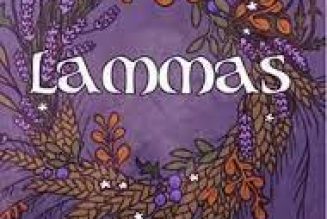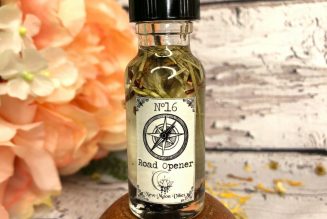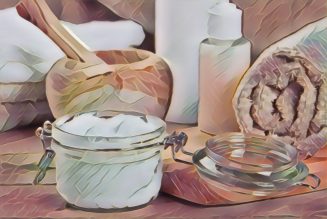Again and again, some herbs seem worth the effort that don’t get nearly enough praise or press . . . in my opinion, anyway. You might want to give them a try if you haven’t already.
10.Pineapple Sage (Salvia elegans)
This tall sage has light green leaves and red, trumpet shaped flowers that bees and butterflies love. It does smell like pineapple and makes a great ingredient in fruit salads and teas.
9.Curry Plant (Helichrysum italicum)
This little grey plant with yellow flowers smells like a curry blend. It doesn’t need much water, so it’s a good choice for xeriscaping. Deers hate it, too. In cooking, sprigs can be added to roasting meats for a mild flavor that’s hard to describe. Its a cross between curry and something flowery or sweet – maple maybe. (Remove the sprigs before serving). It works well with chicken and can also compliment egg dishes when used in small quantities. Less is more with curry plant. It can taste bitter. FYI: This isn’t an ingredient in traditional Indian curry.
8.Paprika (Capsicum annuum)
Paprika is most often used in the U.S. as a seasoning for cold dishes, like potato salad and deviled eggs. Its flavor really shines in hot dishes, though. Paprika is available in a number of varieties, from hot to sweet. Try a few in your garden and you’ll be a paprika convert.
7.Stevia (Stevia rebaudiana)
This little sweetener-that-could is tricky to start from seed, but easy to grow after that. Dried and powdered, it’s an inexpensive low-cal sugar substitute that’s always a conversation starter. The Japanese have been using it for decades.
6.Sweet Marjoram (Origanum majorana)
This first cousin to oregano is milder and a little more delicate in the garden. It’s a great all-purpose seasoning, though, that works with robust sauces and soups as well as all different varieties of meat, foul and fish.
5.Chives (Allium schoenoprasum)
My chive patch comes back year after year, regardless of how brutally cold the winter months get. When green onions are too expensive (or a bacteria risk) I substitute chives. They work great in potatoes, as an egg garnish, and as a garden fresh accent on pizza.
4.Catnip (Nepeta cataria)
Even if you don’t have cats, you might want to give catnip a try this year. Catnip oil is kryptonite to termites, and if you have an ailing tree or decaying stump, a catnip plant nearby may prove to be good insurance policy.
3.Lemon Eucalyptus (Eucalyptus citriodora)
Like lemon balm on steroids, lemon eucalyptus is very fragrant, and the dried leaves make an attractive and luscious addition to potpourri. The oil is a natural pest repellent and a luxurious base for your homemade cleaning products.
2.Corsican MintCorsican Mint (Mentha requienii)
Near a downspout or faucet, Corsican mint is the delicate mint that smells like a spring morning. Overwinter it in a tabletop solarium.
1. Saffron (Crocus sativus)
The stigma of this late season crocus is the king of spices, and you might be able to grow it in your own backyard. Saffron crocus flowers in late summer or early fall instead of early spring. A patch of 20 to 30 bulbs could net you enough saffron for a season.








